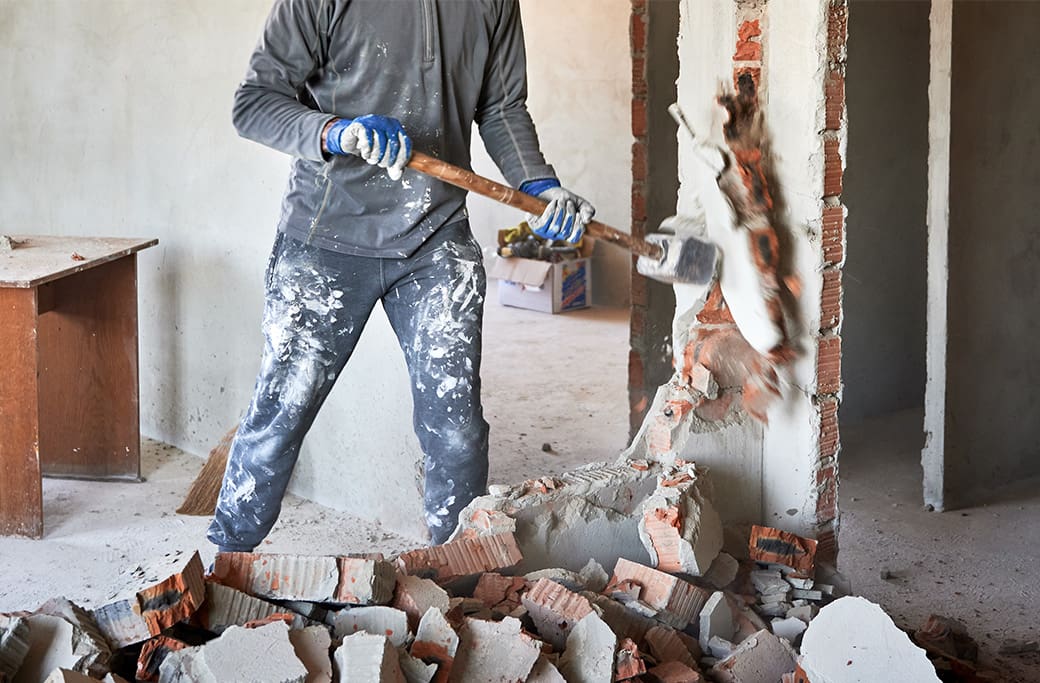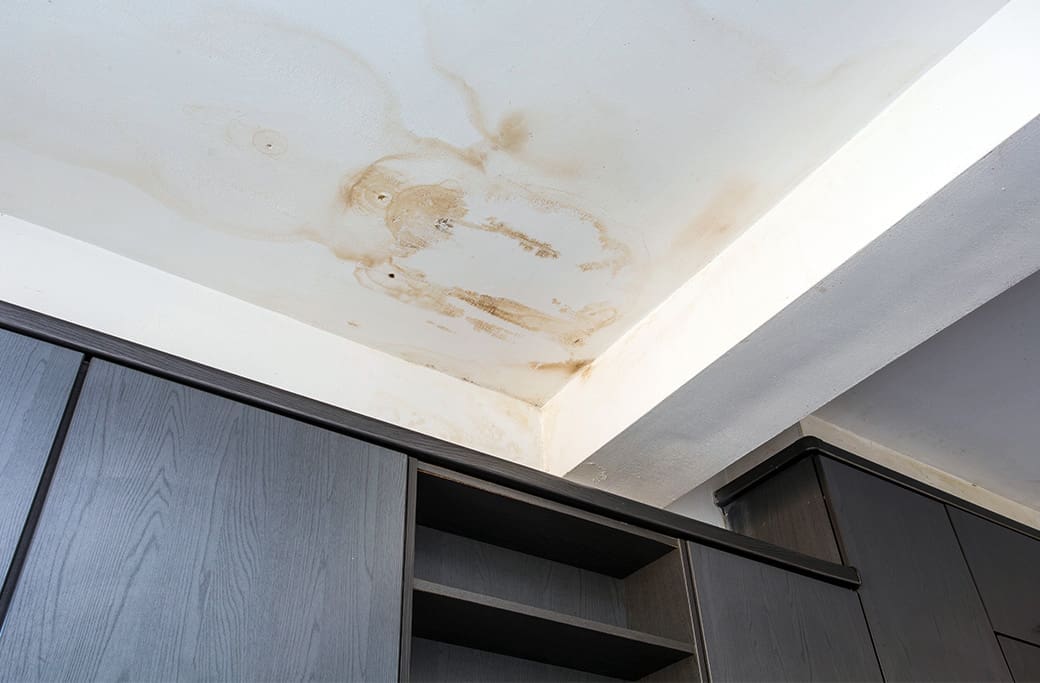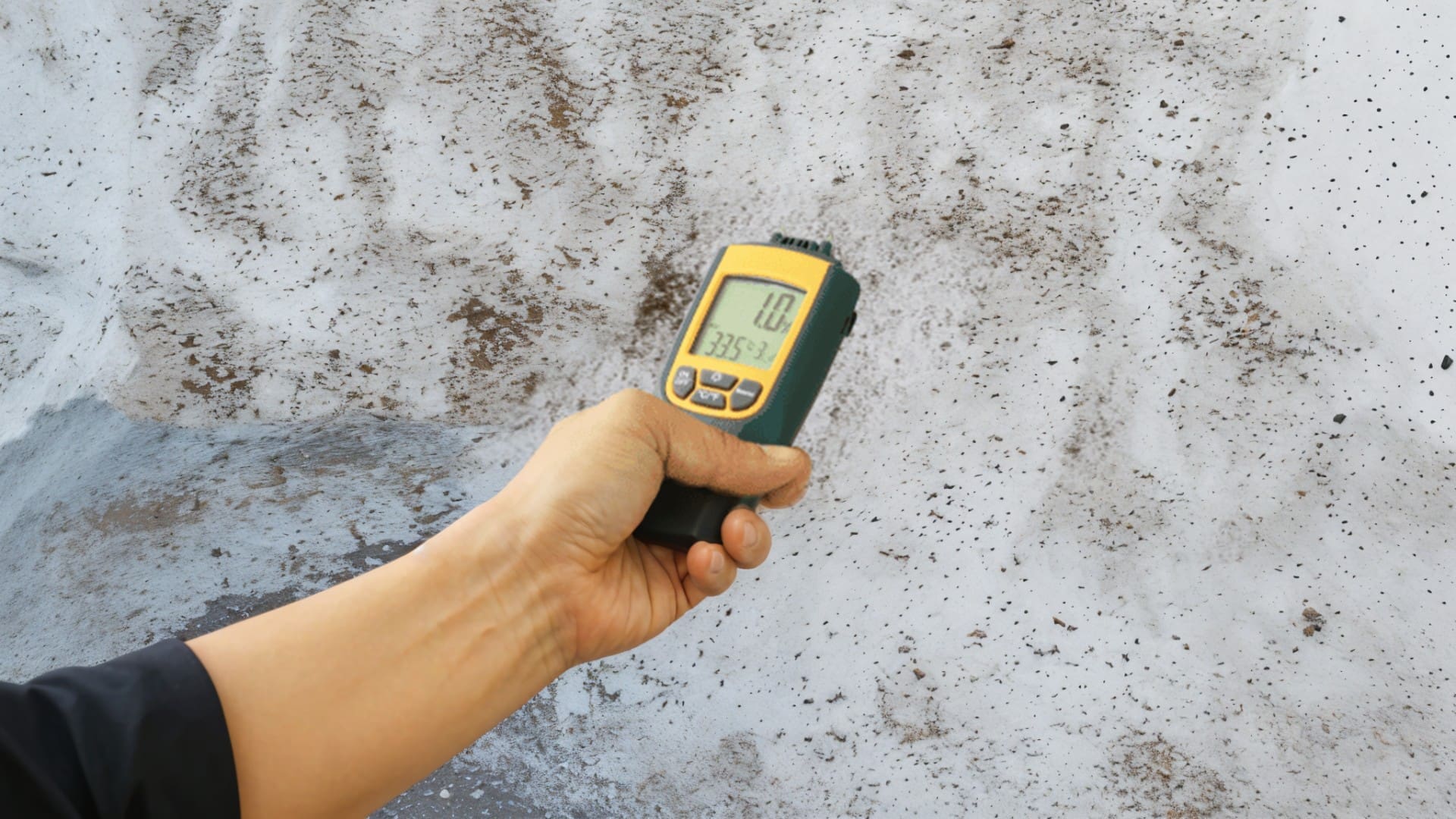
In the complex web of building codes, health regulations, and insurance claims, a single legal decision can send ripples through the industry, drastically changing the landscape for adjusters and property owners. In recent years, the 5th Circuit Court’s decision to overturn the Federal Asbestos Ban has done just that, raising important questions about safety, testing, and the handling of asbestos-related claims. This instance is more than just a legal footnote; it’s a circumstance where thorough understanding and swift adaptation are critical for all stakeholders involved.
Understanding Asbestos
Asbestos, once hailed as a miracle material for its fire-retardant properties and tensile strength, has been mired in controversy due to the alarming health risks associated with its fibers. The ban on asbestos and its more recent reversal have sparked intense debate among environmental watchdogs, the construction industry, and insurance professionals. To comprehend the significance of the ban’s reversal, it is essential to grasp the profound impact of asbestos. Asbestos refers to a group of naturally occurring minerals used for a variety of industrial applications. Its fire-resistant properties made it a popular addition to building materials, insulations, and even household items. However, its microscopic fibers, when inhaled, can cause severe health issues such as asbestosis, mesothelioma, and lung cancer. The ban on asbestos was initially put in place to protect the public from these dangers.
The Ban and Its Reversal
The initial ban on asbestos materials came into effect in the aftermath of mounting evidence showcasing the health hazards associated with exposure. This blanket restriction sought to safeguard the public and workers from the perils of asbestos. However, legislative dynamics are rarely static, and in recent years, the 5th Circuit overturned the ban, reintroducing asbestos to the toolkit of builders and manufacturers across sectors. This decision has not only permitted the continued use of asbestos in certain products but also cast a shadow on future asbestos-related regulations.
Testing Requirements
One immediate implication of this legal shift is the increased importance of asbestos testing. It is crucial to understand that obtaining a demolition permit from the local city or county building inspections department does NOT satisfy or meet the notification requirements of the HHCU. While a permit is a necessary step in the local governance process, the notification to the HHCU is a separate and equally essential regulatory requirement that must be fulfilled. The misconception that testing is necessary only in buildings constructed before 1980, when the ban was initially intended, is no longer accurate. With asbestos back in circulation, thorough inspection and testing before any demolition or renovation activity must be the standard practice. This is not only a safety measure but also a legal requirement to protect workers and the public. Neglecting this step can lead to significant delays in project timelines, as well as potential legal and financial ramifications.
Demolition Permit Misconceptions
Another key area where misconceptions may occur is in the requirements for demolition permits. It is crucial to understand that even if a building was permitted for demolition through local channels, this does not alleviate the need for asbestos inspection. The Health Hazards Control Unit (HHCU) of the N.C. Department of Health & Human Services, Division of Public Health, must be notified of any plans to demolish a structure, including residential, commercial, and industrial buildings being demolished for commercial purposes.
Compliance with asbestos testing regulations is non-negotiable, and adjusters need to be keenly aware of these post-reversal norms to ensure that their claims processes are both effective and legally sound. The implications of ignorance regarding this matter can be dire for both adjusters and their clients. Failing to adhere to these advanced notice requirements can result in considerable setbacks and penalties. As the legal landscape shifts, continued education and update of knowledge bases will be imperative for adjusters to navigate the complexities of asbestos-related claims with the requisite agility and precision.
The Reversal of Asbestos Ban
The reversal of the Federal Asbestos Ban is a watershed moment that underscores the need for heightened awareness and due diligence among homeowners, industrial professionals, and claims adjusters. It behooves all parties to fully comprehend the implications of this legal turnaround. For homeowners and professionals within the construction industry, it is imperative to prioritize asbestos testing and adhere to rigorous safety protocols to mitigate the risks associated with asbestos exposure. Understanding the implications of the asbestos ban’s reversal is just the beginning. Adjusters must now be champions of comprehensive testing and asbestos management, guiding their clients through the labyrinth of modern asbestos regulations. In doing so, adjusters can maintain the trust of their clients, adhere to legal standards, and contribute to a safer, healthier built environment.




